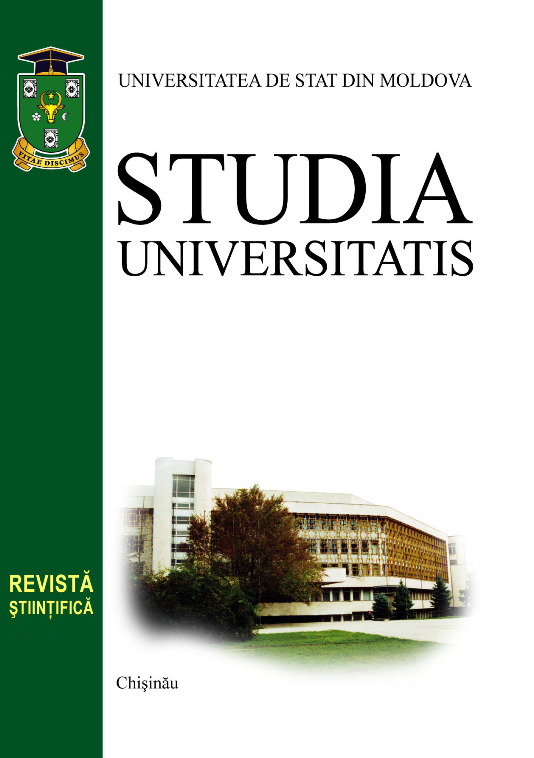EPURAREA EFLUENTULUI TEXTIL PRIN APILCAREA METODELOR DE ELECTROFLOTARE, OXIDARE CATALITICĂ ŞI DE ADSORBŢIE PE CĂRBUNE ACTIV
Gheorghe DUCA, Vera MATVEEVICI, Maria GONŢA, Larisa MOCANU Universitatea de Stat din Moldova
Abstract
TREATMENT TEXTILE EFFLUENT BY APILCATION OF ELECTROFLOTATION, CATALYTIC OXIDATION AND THE ADSORPTION ON ACTIVATED CARBON METHODS
The process of reducing the concentration of some organic pollutants (dyes and auxiliary substances) contained in textile wastewater was studied. For this purpose we applied electrochemical methods based on electroflotation. The research experiments were performed in an electrochemical cell without diaphragm with monopolar electrodes.
It was determined the influence of cationic flocculant (PDAMDAC) and formic aldehyde on the efficiency of the treatment process, experimentaly. The optimum conditions for removing pollutants were determined according to the time of electroflotation, the intensity of the electric current, the concentration of the flocculant, and the concentration of the formic aldehyde.
As a result of the scientific research, it was found that the efficiency of removal of pollutants from the synthetic systems DR-LLS-Bis-MPA-DEG-FA is influenced by the concentration of PDAMDAC. In the presence of flocculant PDADMAC, the efficiency is higher together with increasing concentration and the synthetic systems are treated by combining methods of electroflotation and adsorption on activated carbon, and in the absence of the flocculant - by combining the methods of electroflotation, catalytic oxidation and adsorption.
Keywords: chemical oxygen demand removal, electro flotation, catalytic oxidation, adsorption process, lingosulfonic acid sodium salt, 2,2-Bis (hydroxymethyl) propionic acid, diethylene glycol, formaldehyde, poly (dialyldimethyl-ammonium chloride).


